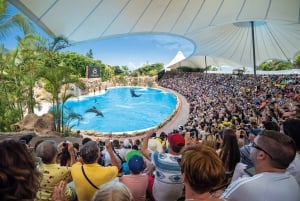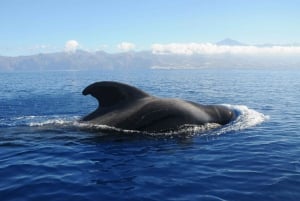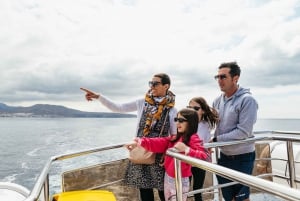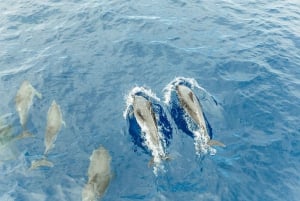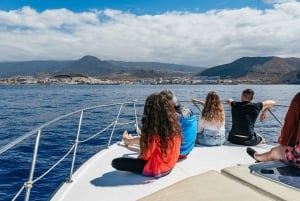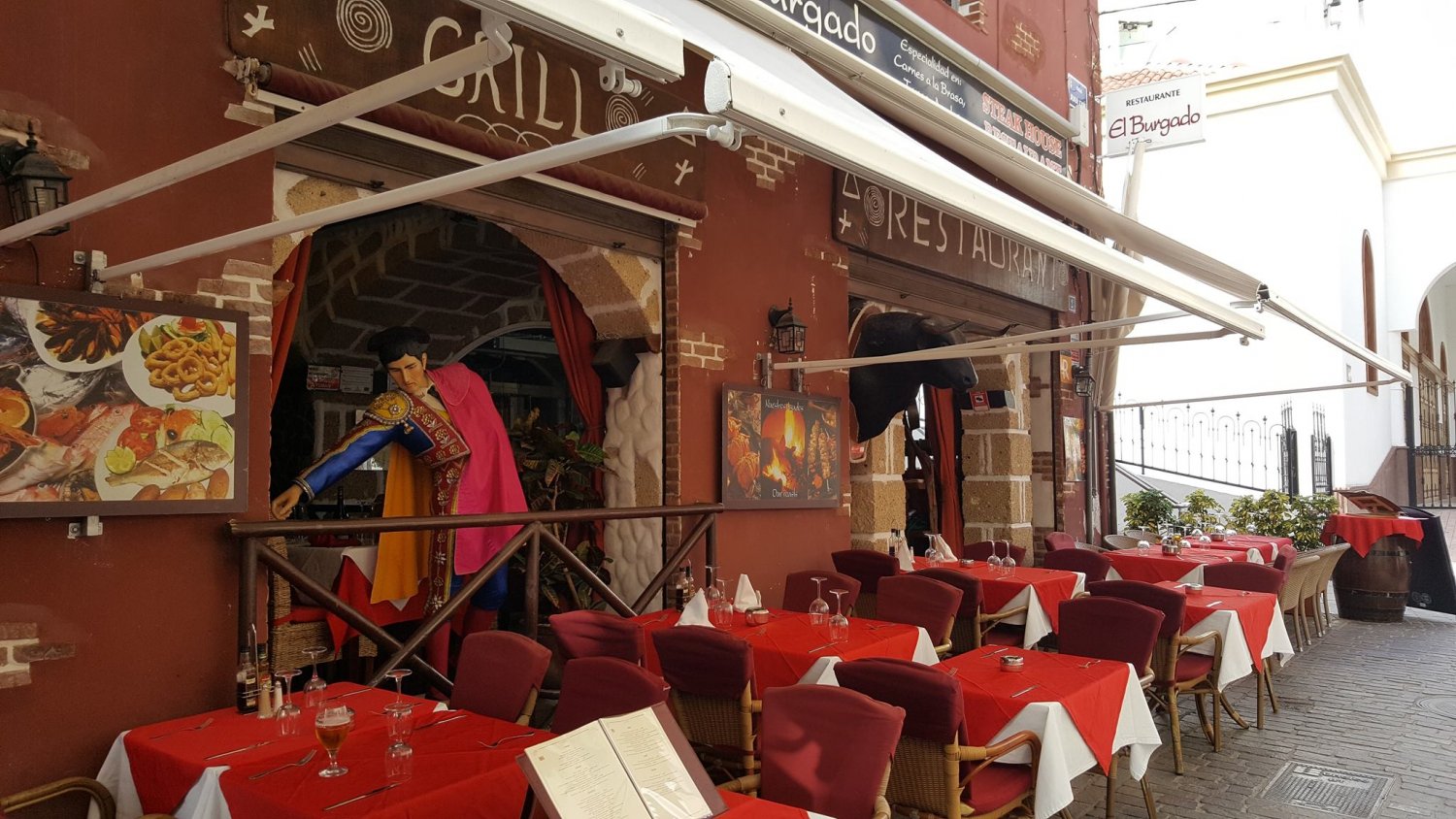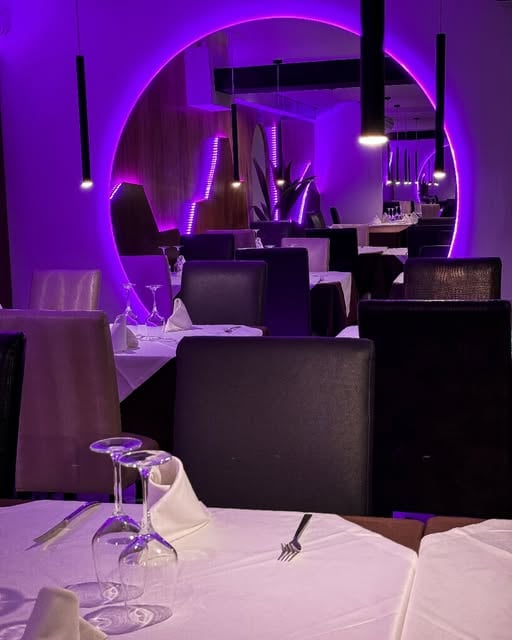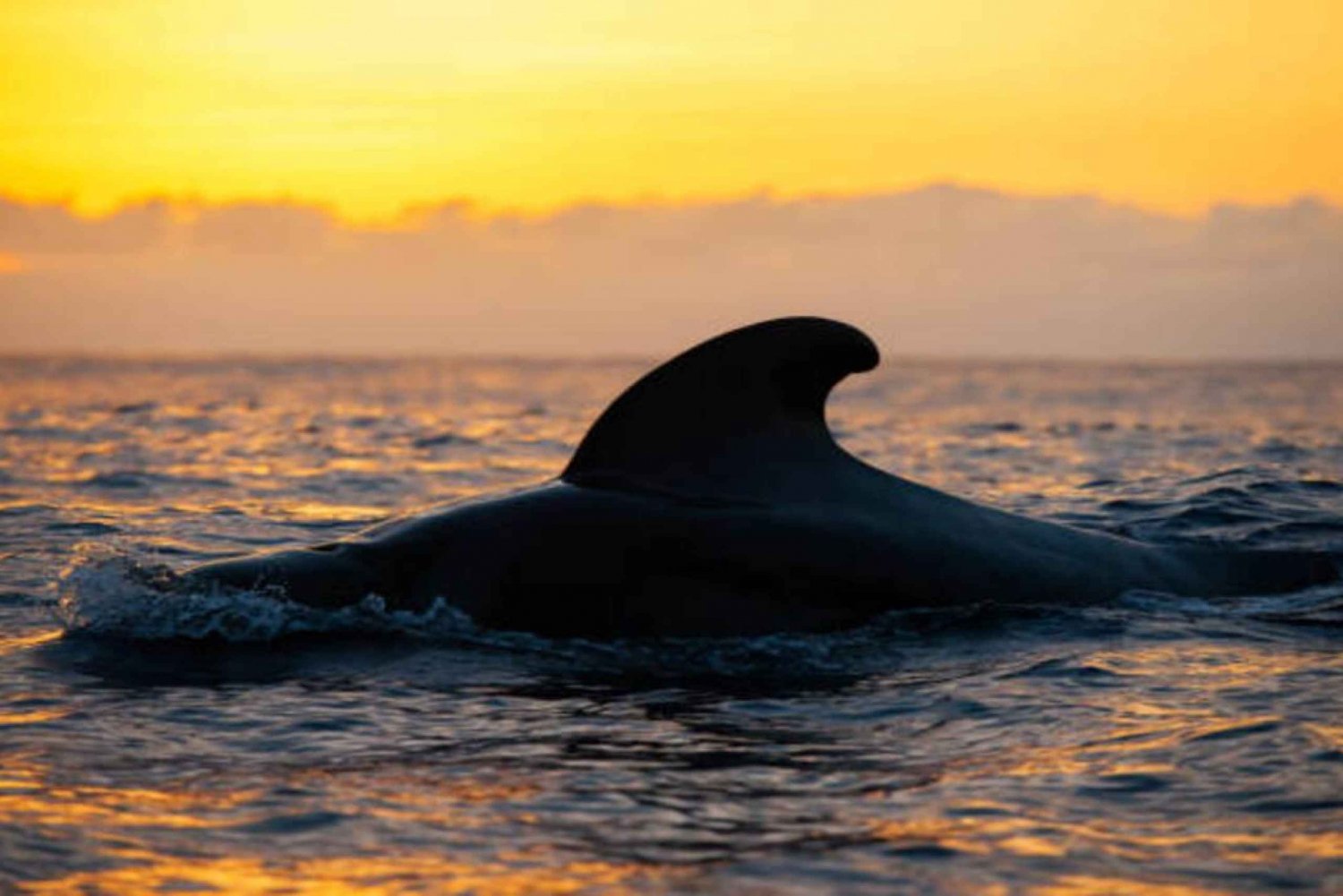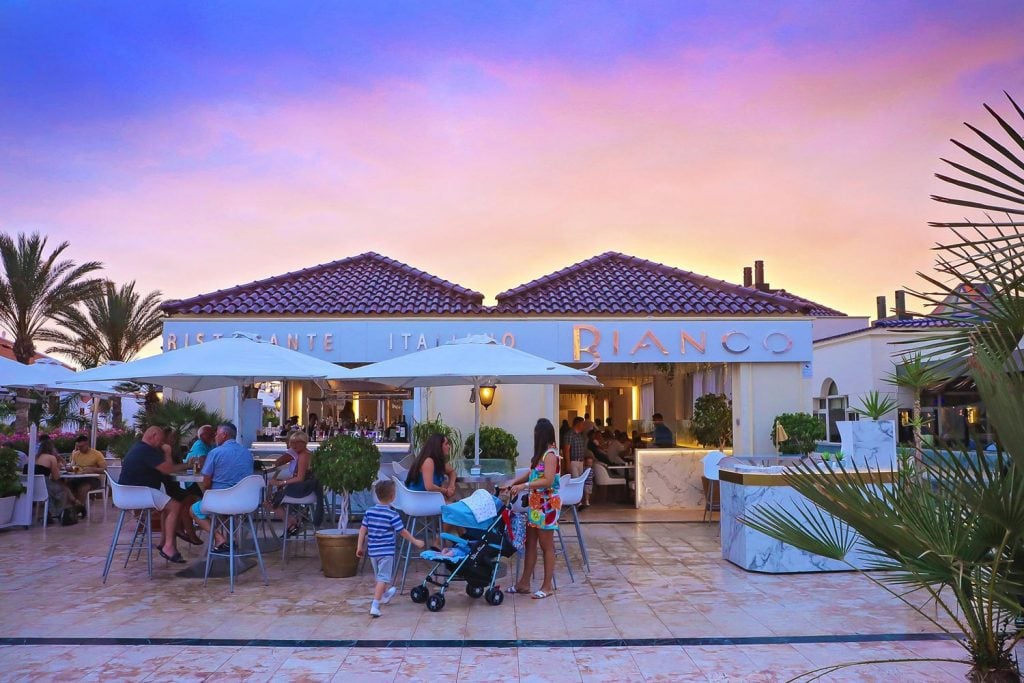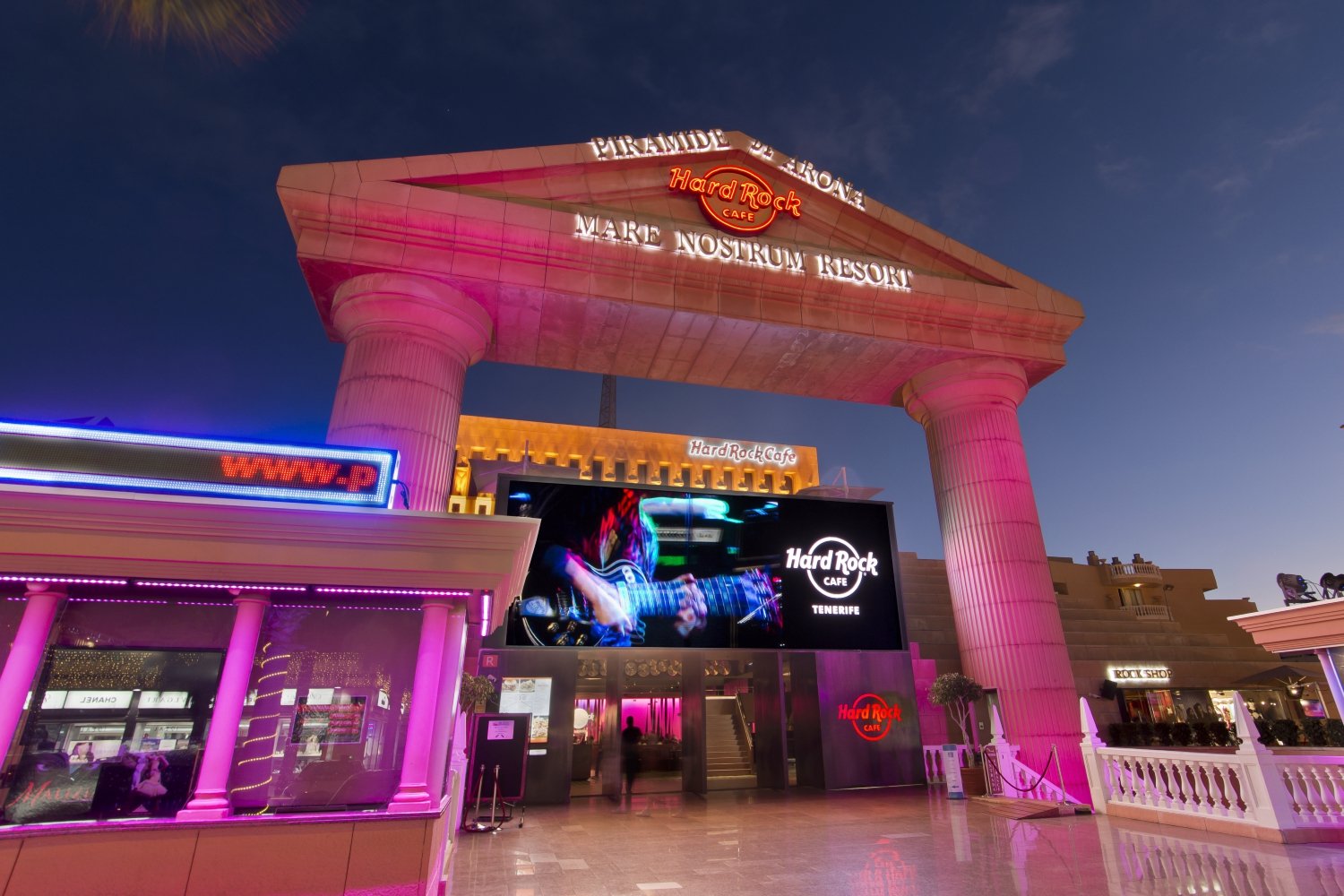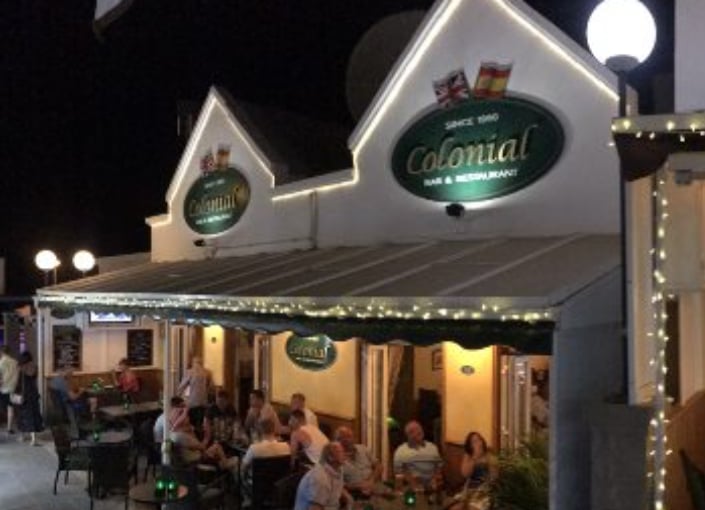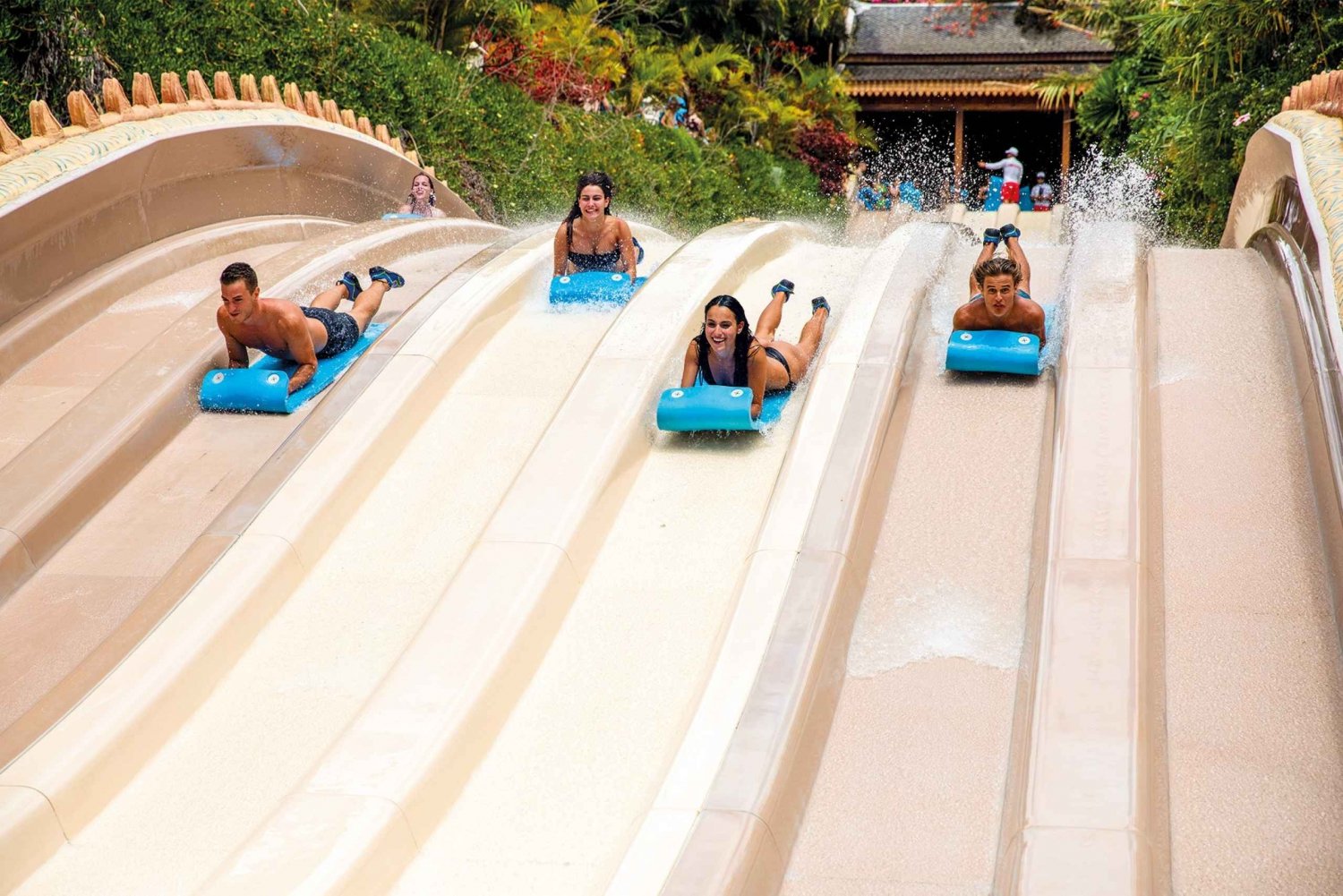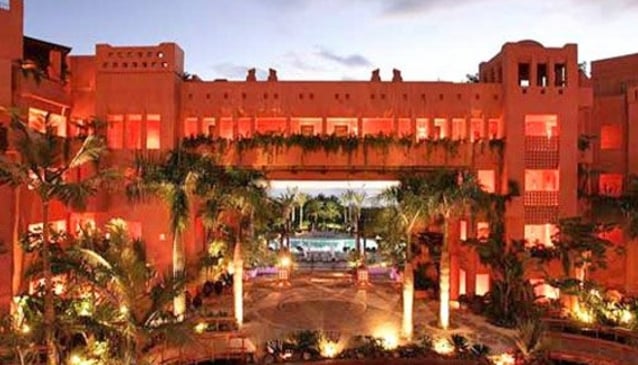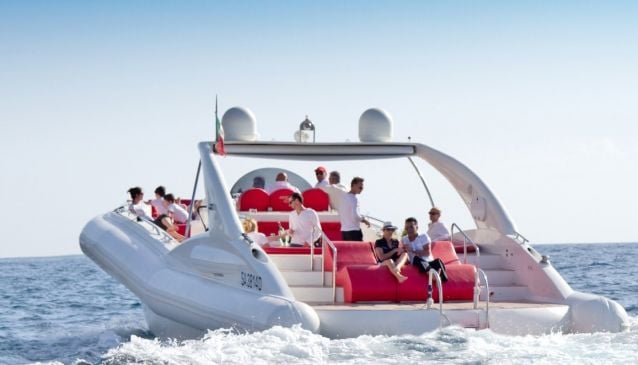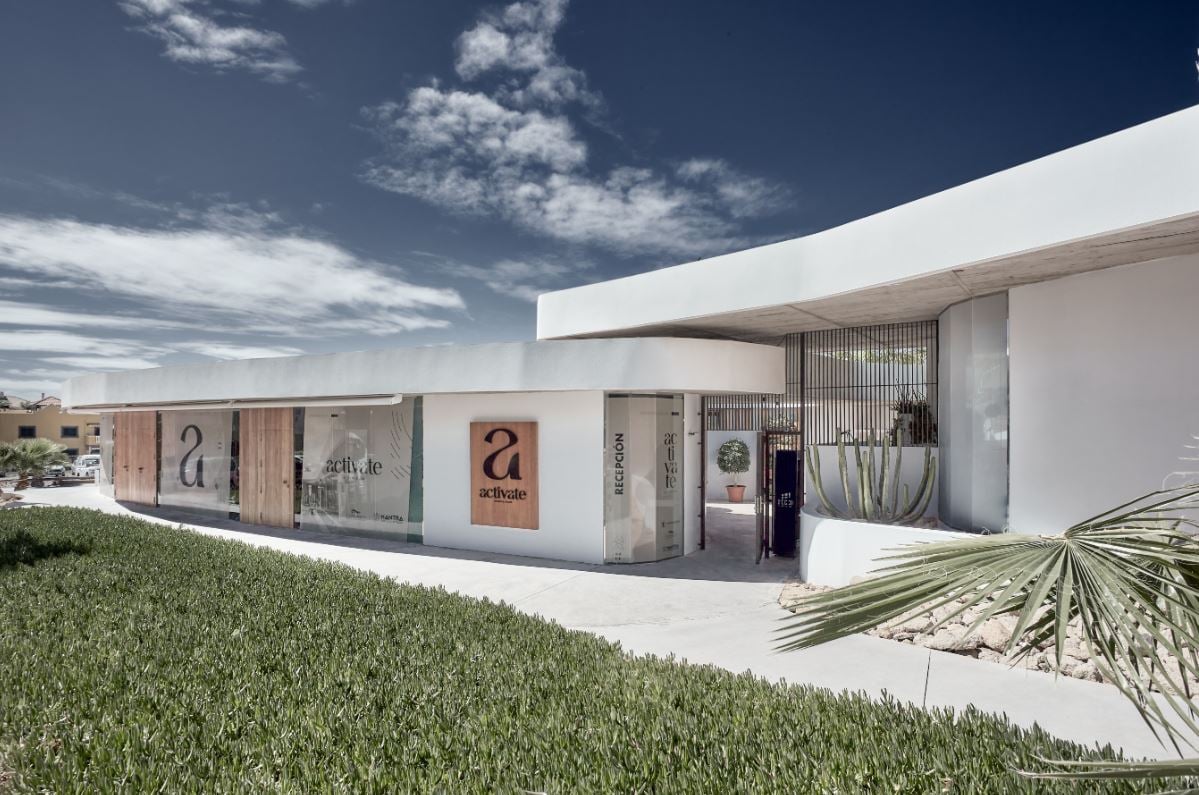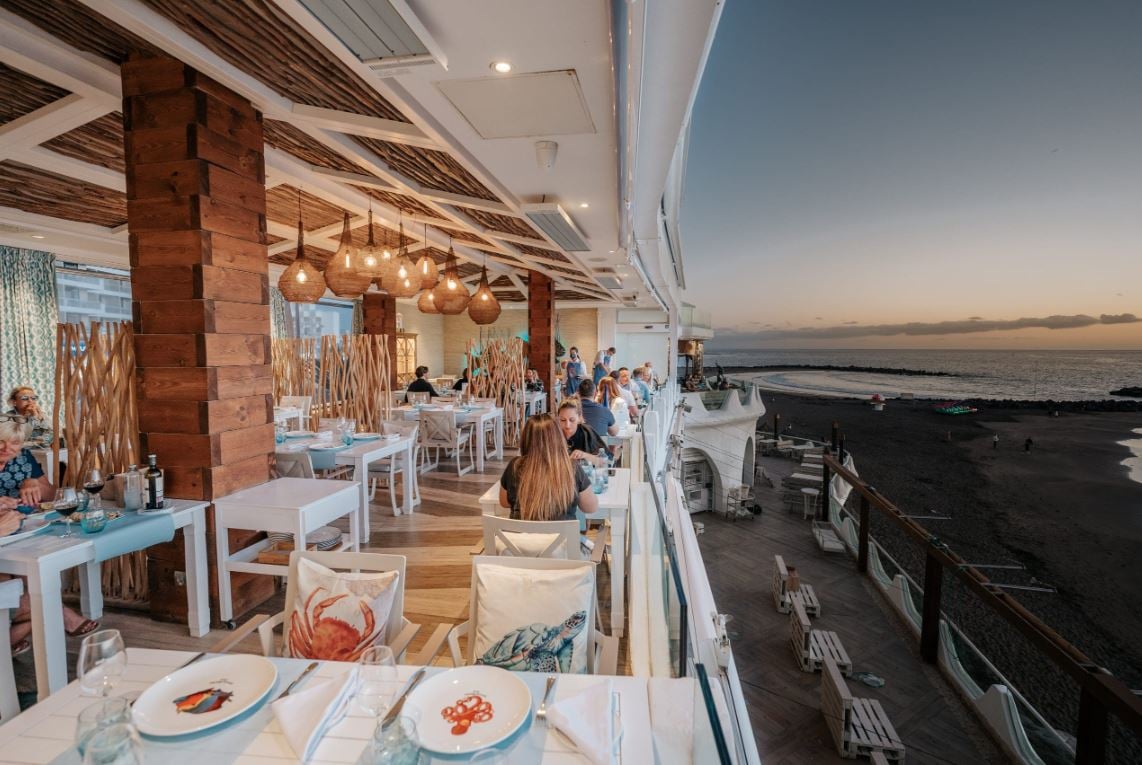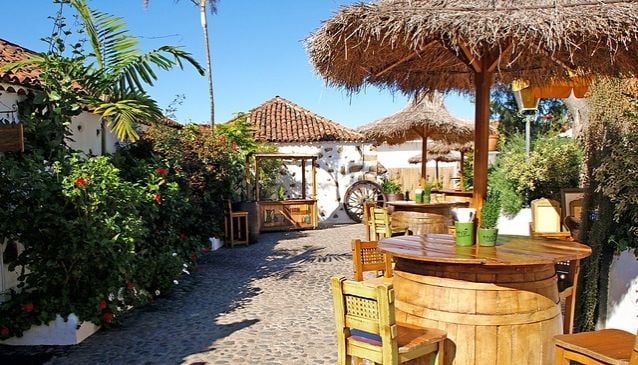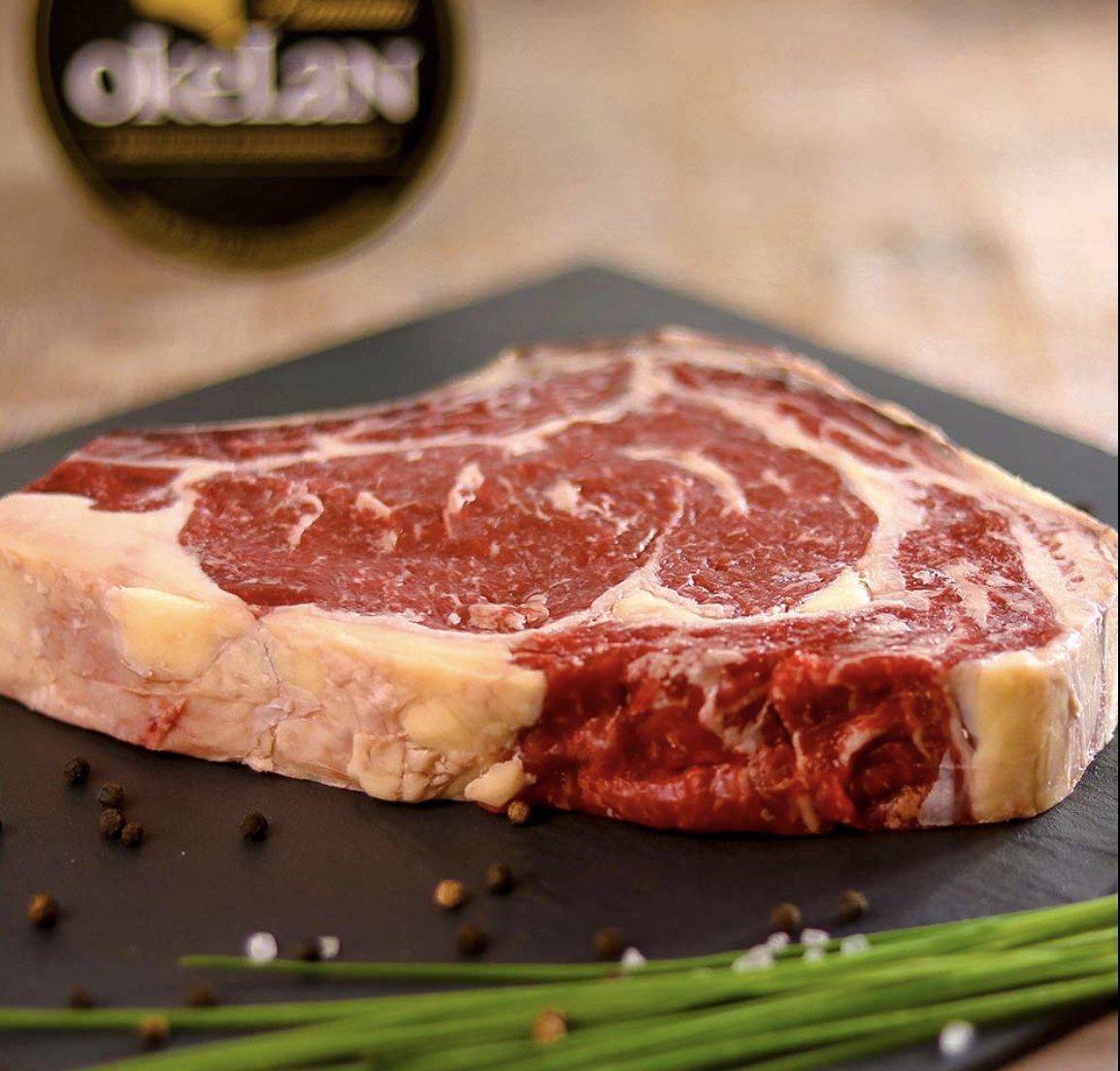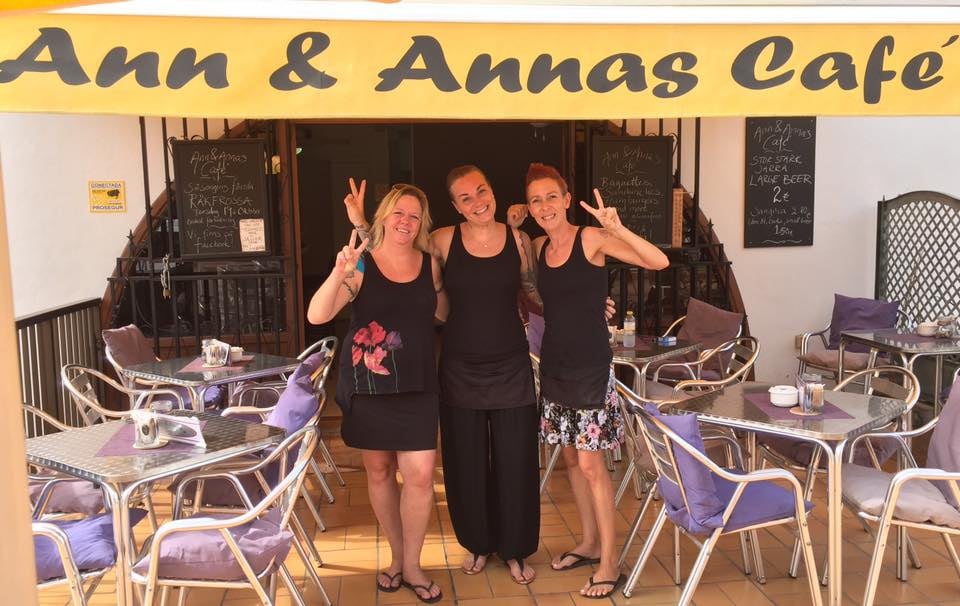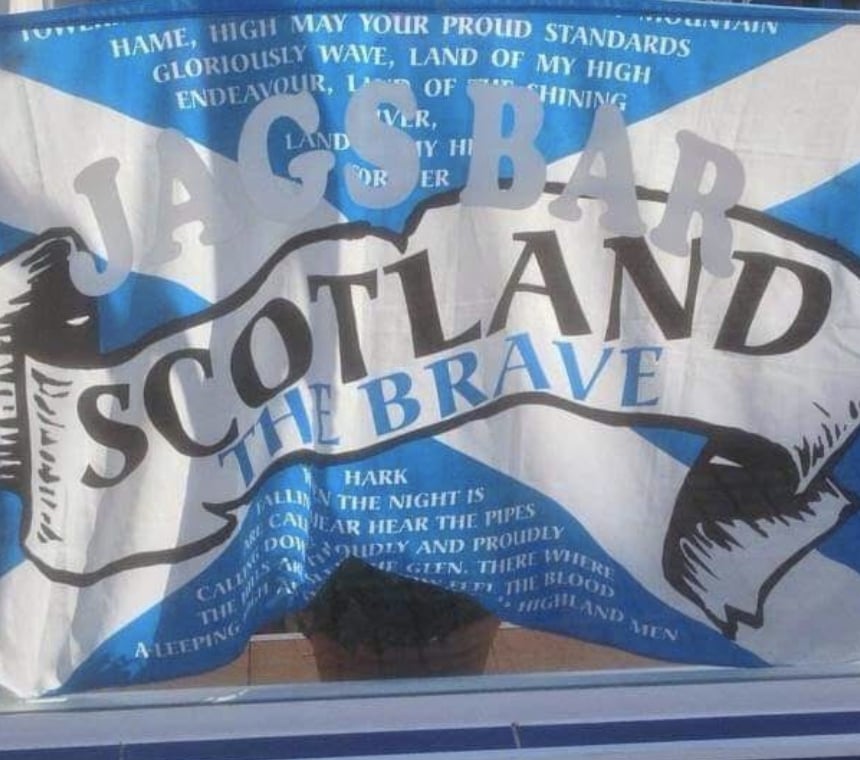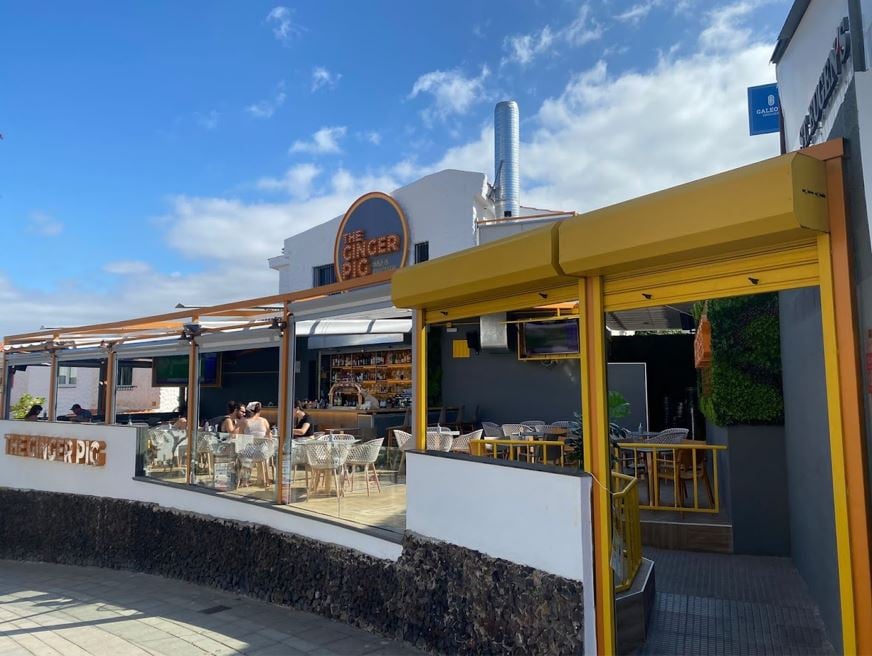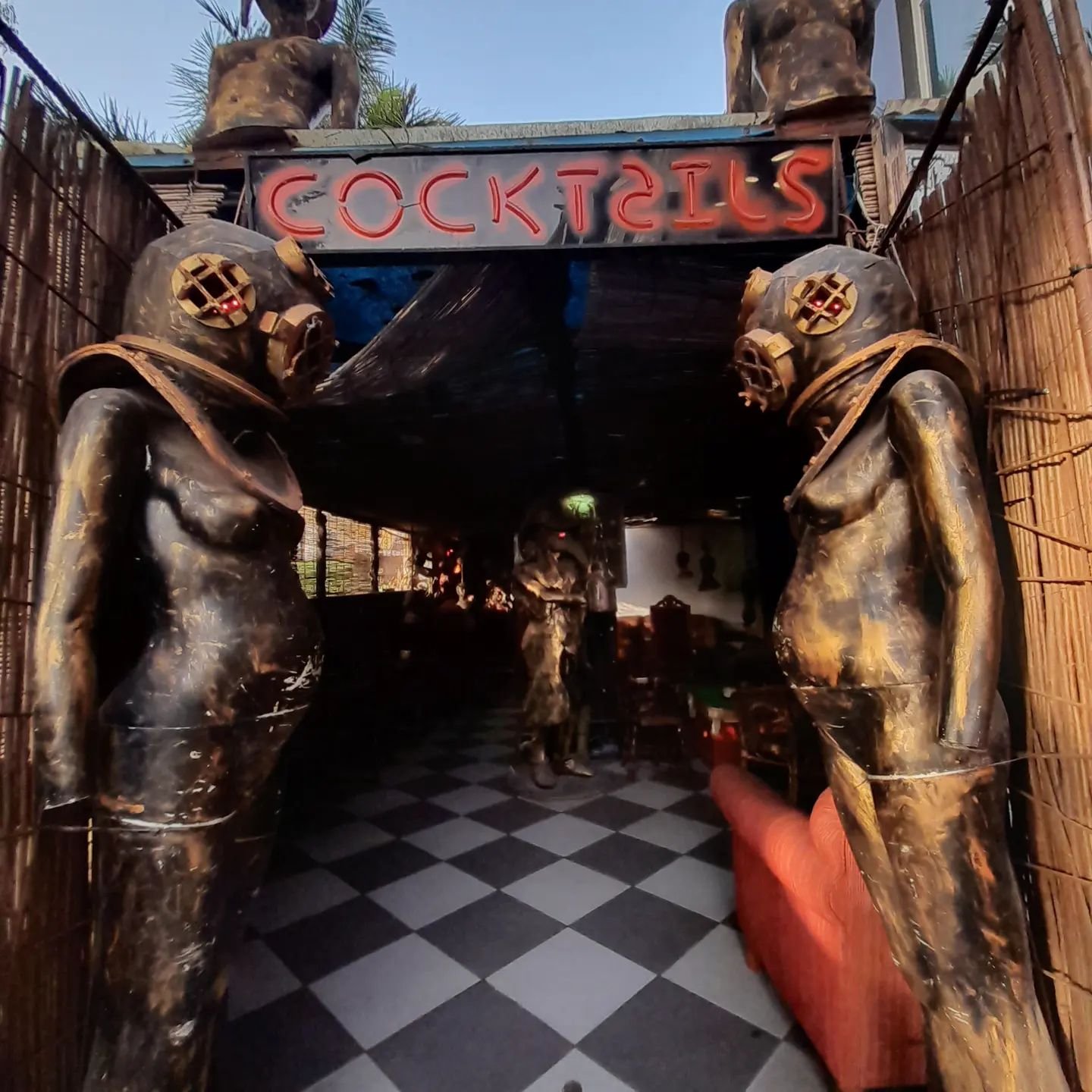La Graciosa
This small island stretches just six kilometres from head to toe and two kilometres across its midriff, virtually kissing the northern tip of Lanzarote.
Ferries sail four times a day (three times in winter) from the tiny fishing village of Orzola.
Rounding Punta de los Fariones, the most southeasterly point of Lanzarote, the water calms as you enter 'El Rio' the dividing stretch of water. On the left, the sweeping cliffs of Famara plummet into the ocean. One kilometre across the water lies the low-lying length of Graciosa's brushland and sand patches.
In the main town of Caleta de Sebo, a scattering of sugar-cube houses intersect with tracks of sand. This is where the majority of the 650 islanders reside. The rest live in the only other settlement, Casas de Pedro Barba, further along the coast.
Those that don't commute to Lanzarote remain reliant on these boats to feed the handful of bars and restaurants, bicycle rental offices and island tour companies. Weather-beaten Land Rovers wait at the quayside to whisk the few visitors along the dirt roads on an island 'safari'. The highlights are the spectacular beaches that La Graciosa is famed for - the best in Lanzarote, it's claimed.
Until the late 19th century, the only inhabitants were a handful of pirates. Between the 16th and 18th centuries the area was rife with pirate boats preying on the passage of galleons between Africa and the Americas. Legend has it that one English pirate boat was chased aground on La Graciosa and rumours persist that the fleeing pirate's treasure is still buried somewhere on the island.
Nowadays it's the treasure of solace and tranquillity that keeps the island afloat, and the Canaries' eighth island remains rich in both.


